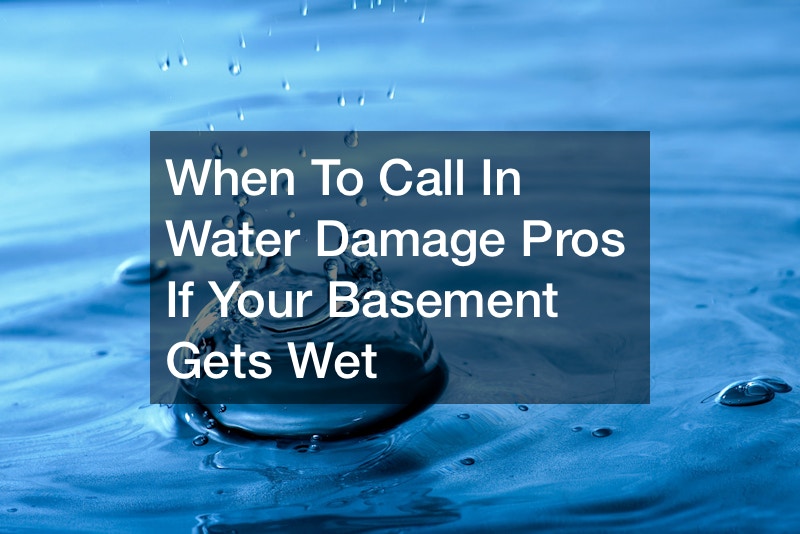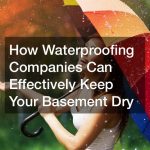You are returning home after a long journey. After a long trip, you’re feeling refreshed. You notice that something is off-smelling after opening your door and entering the house. You’re afraid you forgot something on the countertop. You may have found a dead mouse or mold growing in an area you didn’t expect. You go downstairs to find that your basement is flooded. It is a story that far too many American homeowners are familiar with. The worst part is how easily this can be avoided. Fortunately, water damage pros can resolve any issues with your home.
Basement waterproofing can keep you from becoming another cautionary story. See what a crawlspace vapor barrier can offer you in terms of peace of mind.
Did you know that flood damage is the most common claim for homeowner’s insurance? You should not think that your home will be immune to this catastrophic event, especially if you reside in an area where there is a harsh winter or heavy rainfall. Over 95% of homes with basements will suffer some type of water damage. It can be something minor like a drip that will not stop or it could be something major, such as the area being completely flooded. This is not only frustrating, but also expensive to clean.
After a single flood, you can lose hundreds, and sometimes even thousands of dollars. Furniture, valuables and the foundation of your house can be damaged by exposure. Mold can also be a dangerous element. It is a result of water damage or minor leaks. According to the Environmental Protection Agency (EPA), 100% of all mold types have the potential to be harmful. Like water damage, mold can cause minor irritations to more serious consequences.
Mold can make people with breathing problems (such as asthma), or sensitive constitutions sick. Mold is responsible for 90% of chronic sinus infections, according to the Mayo Clinic. They mimic cold symptoms such as stuffiness, fatigue, nausea, headaches and chest pain. What is the worst-case scenario? Mold can be deadly if exposed to it for a long time. Install a crawlspace vapor barrier in your basement to prevent flooding.
More than 27 million US homes have crawlspaces. Double-checking your crawl space’s vapor barrier will help you avoid having to file an insurance claim due to flood damage in 2018. Unfortunately, crawl spaces with wall-vented ventilation are not able to keep relative humidity levels below 70%. They are then in a worse position to fight off condensation, and eventually mold growth. If you do not look for a crawl space vapor barriers that encourage airflow, your final result may be the removal of moisture from the space.
These tips can help you avoid having to install a sump pump or remove mold from your crawl space. Plants should be planted at least two feet away from the foundation and low enough to prevent water from being pushed towards your home. About 20% of all new homes still have crawl spaces. This puts them in an unfavorable position. It is recommended that if you still discover a leak, you dry and clean your home thoroughly. Mold can form in as little as a few days.
Are you rethinking the vapor barrier in your crawl space? This year has already started off well for you.

